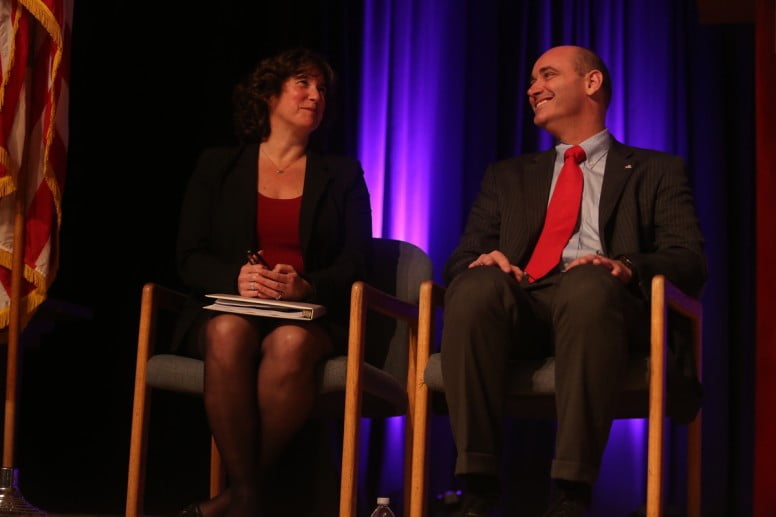Freshman, transfers and incoming students alike were presented with three online classes to take at the beginning of this school year.
There are two courses to the requirement. One, on alcohol and marijuana use, and another on rape and consent.
Each course has multiple sections to it and each course was supposed to take approximately 90 minutes both.
While there was a variety of reactions to these online courses from the student body, about 98 percent still completed the programs.
On Aug. 1, new students to the University of Wisconsin-Stevens Point received an email from Stacey Duellman, program director for Alcohol and Other Drug Abuse and Interpersonal Violence Prevention, which said, “All incoming students are required to complete online courses about Alcohol and Drugs.”
UWSP, like all public colleges, is regulated by the government to receive state and federal funding. This includes regulations to address drug and alcohol problems.
There is a federal law titled Drug-Free Schools and Community Act which these online courses are fulfilling. This is a law not only for Wisconsin schools but all public universities in the country.
According to the U.S. Government Publishing Office, an institution of higher education must certify that it has implemented a program “to prevent the unlawful possession, use, or distribution of illicit drugs and alcohol by students and employees.”
The Drug-Free Schools and Communities Act states that public universities merely need to have a program to distribute accurate information about the outcomes and legal sanctions from using drugs and alcohol.
Other public universities only have information and optional programs for students who wish to learn about drugs and alcohol. The University of Wisconsin-Madison, for example, has a one on one intervention program for people who are found with illegal substances on campus. The University of Minnesota-Twin Cities gives out information and has a building for prevention on campus.
On the other hand, UWSP’s compliance with this law involves online classes and a potential 100 dollar mandatory charge.
If not finished, students received several email reminders to complete these courses. The alternative is for them to take a three-hour in-person class as well as receive a 100 dollar fine on their student bill.
Quintien Tyra, freshman soil and land management major, completed the online courses last month. However, he completed it mostly because he was worried about what might happen if he didn’t.
“They weren’t any fun and I didn’t feel like I learned anything new about the topic. I mainly just did it because I didn’t want to be charged or forced to take the in person class,” said Tyra.
One email sent to incoming students on Sept. 20 was titled “Reminder to Complete UWSP Mandatory Course.” The word mandatory, although not stated directly, often comes with specific connotations about the potential consequences.
While Merriam-Webster’s dictionary defines the word mandatory as “required by law or rule,” Troy Seppelt, dean of students, clarified the definition of mandatory for this circumstance.
“It’s not a requirement, let’s remove the word mandatory. It’s not a requirement to graduate, it’s not going to block your registration. There are campuses that actually block your registration. You don’t do it you can’t register for the next term. We don’t want to do that,” Seppelt said.
Although Seppelt expressed that this would not hinder graduation or registration, the student billing office had a different answer.
Seppelt sends the office a list of students who did not complete the course, then the billing office adds 100 dollars to each student’s account.
Melanie Schultz, financial specialist senior, said, “This 100 dollars needs to be paid in full prior to registering for the next semester. If it is not paid, a student will not be able to register for the next semester.”
This will be a barrier before you can register for your last semester. It is a barrier that will block your registration, implying that it is, in fact, a requirement to graduate.
UWSP administration uses terms which might come off as vague to students, creating an incentive to spur a large portion of the incoming class to complete the courses. They seem to go above and beyond the federal law requirements, perchance they really want to keep the campus safe, or to have boastful statistics.
In regards to what they use this completion data for Seppelt said, “We use the completion percentage in a number of websites. I use it. It’s on my website– go to the dean of student’s front page.”
While the completion rate was 98 percent this year, don’t necessarily take the number at face value.
Would 98 percent of incoming students still complete the courses if they knew the loose definition of mandatory and requirement the administration is using? Did a portion of them only complete this out of fear of what might happen if they didn’t do it?
[Source:-The Pointer]

